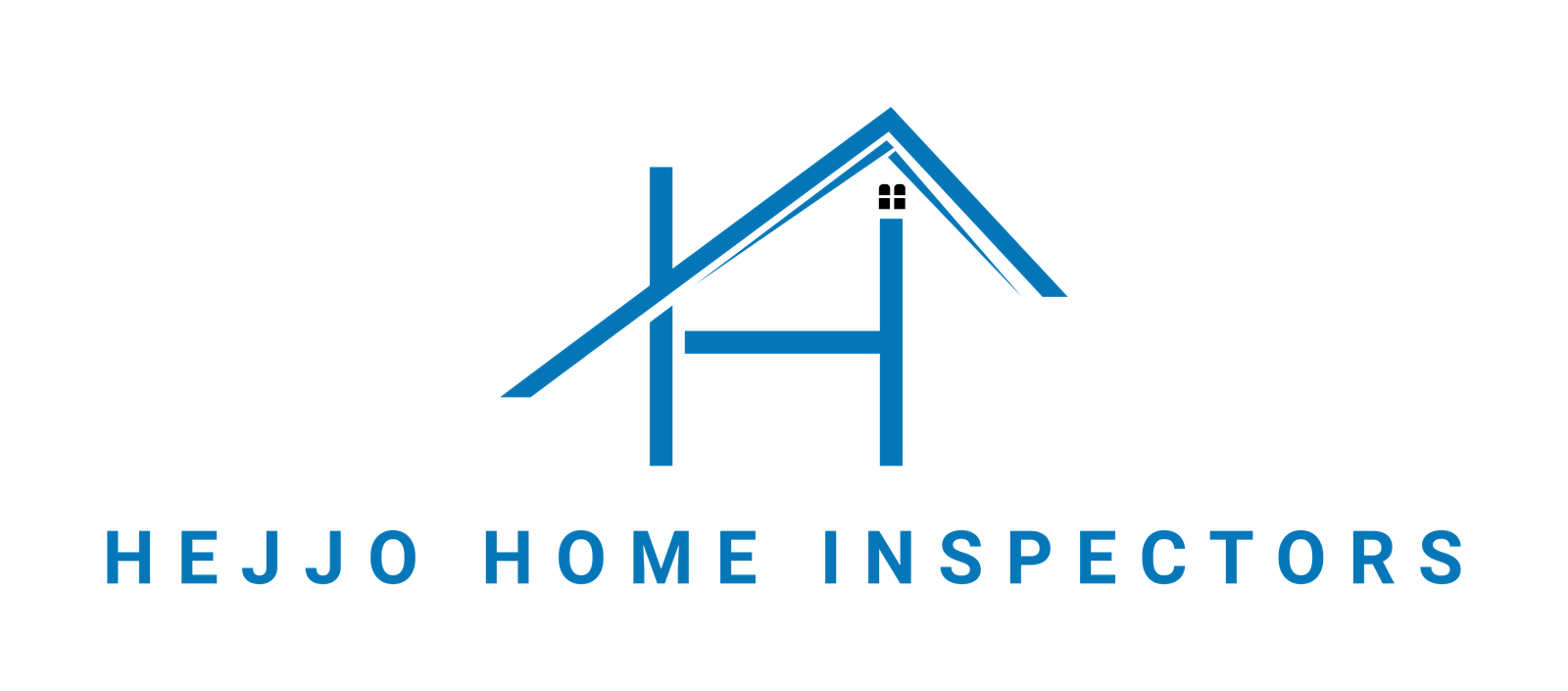The Canada Mortgage and Housing Corporation (CMHC) released its Q1 2025 financial results, which include important indicators related to the current climate and future prospects of the housing market. Despite global economic headwinds, the report points to improved insured mortgage volumes, resilient multi-unit activity, and stable arrears.
Residential Mortgage Insurance Surges with Market Shift
Transactional homeowner insurance volumes, which are an indicator of activity in the homeownership market, rebounded sharply in Q1 2025, with 10,030 units insured, up 37% from Q1 2024. The CMHC tied this recovery to the Bank of Canada’s rate cuts, totalling 225 basis points since 2024, and a key policy shift allowing insured 30-year amortizations for first-time buyers.
Multi-Unit Investment Lending Expands via MLI Select
The multi-unit residential sector continues to draw strong lending activity, supported by CMHC insurance products like MLI Select. CMHC insured $14.17 billion in multi-unit residential projects in the first three months of the fiscal year, with Q1 alone accounting for $10.48 billion under the MLI Select program, for an 11% year-over-year increase.
MLI Select, a relatively recent addition to CMHC’s toolkit, remains a key financing vehicle for larger-scale residential development. Its enhanced loan-to-value thresholds, extended amortizations, and incentives tied to energy efficiency and affordability targets make it well-suited for build-to-rent and multifamily value-add investments.
Low Arrears Rate Reflects Underlying Credit Stability
CMHC-reported arrears remain historically low at 0.30%, up marginally from 0.29% in Q1 2024, however, but still below long-term averages. This metric has implications beyond just CMHC’s risk portfolio: it also reflects broader borrower health, which in turn influences housing market stability.
Rising Government Program Funding Creates Downstream Investment Signals
The CMHC also reported significant government program disbursements in Q1, with $2.63 billion in Greener Homes loans fully committed and another $600 million added to meet continued demand. These interest-free loans, which support energy-efficient home upgrades, will support an estimated 15,000 to 24,000 additional homeowners under the new $600 million top-up.
Macroeconomic Environment: A Mixed Outlook
Although Q1 began with economic momentum, bolstered by lower interest rates and sustained immigration, the macroeconomic picture experienced shifts, with tariffs and an employment decline of 0.2%. Despite rate cuts, the broader housing market is showing signs of slowdown due to trade friction and consumer hesitancy.
Q1 housing starts averaged 223,000 units, down 9% year-over-year, while MLS home prices dipped 2% to $668,000. Sales volumes also declined by 6%.
CMHC’s Q1 2025 results show that institutional housing finance remains stable, with strong performance in insured mortgages and continued growth in multi-unit development through the MLI Select program. The introduction of longer insured amortizations and low arrears rates also point to resilient demand from end-user buyers.
